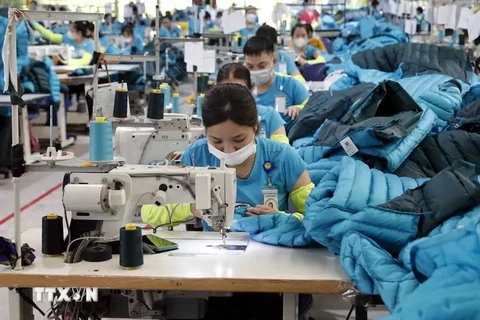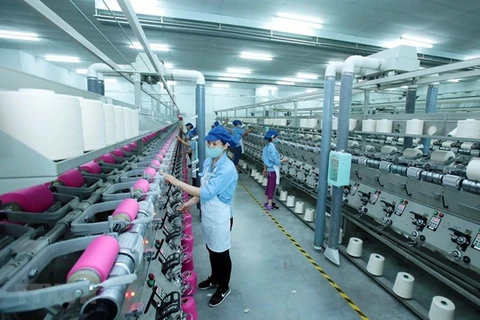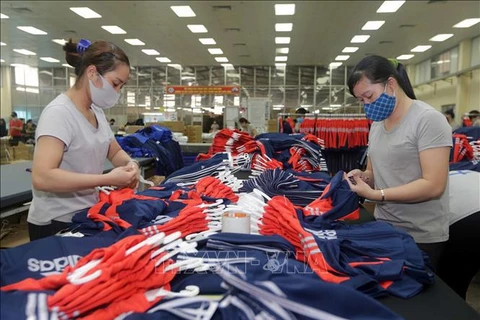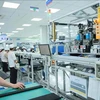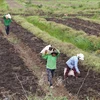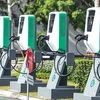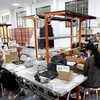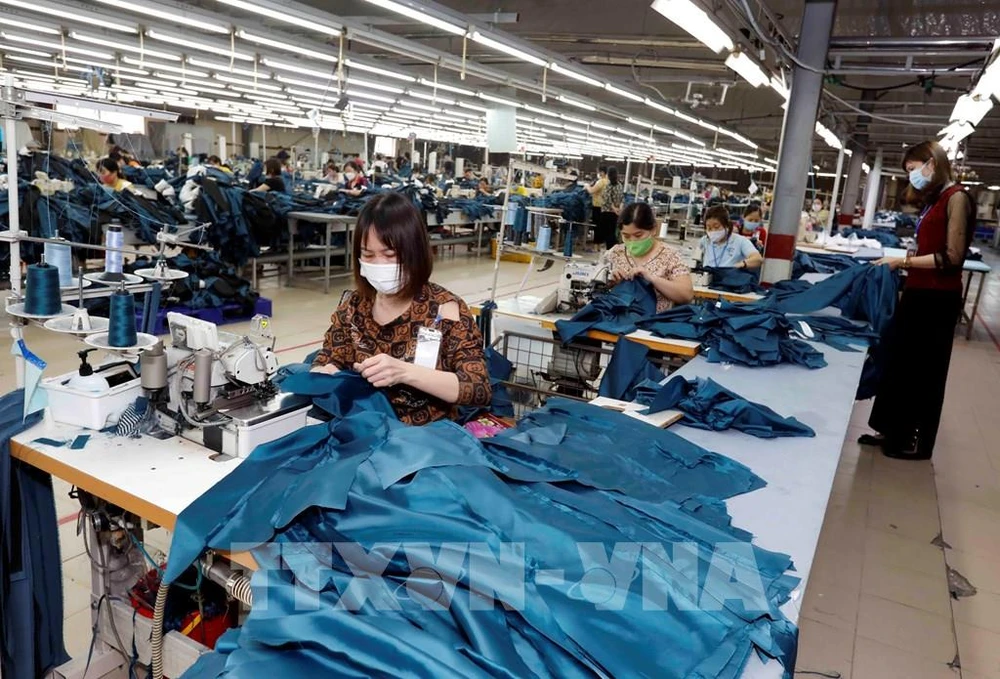
Hanoi (VNA) - Vietnam has scored higher overall than China and Bangladesh in the United States Fashion Industry Association (USFIA)’s recent survey comparing the competitive advantages of textile-exporting countries to the US.
The survey shows that Vietnam is having better competitive edge thanks to its ability to produce a diverse range of high-value products.
Vietnam is currently leading in the capability to produce a wide variety of products quickly, which is a result of its investments in machinery and skilled labour. However, in the long term, other countries may catch up, potentially reducing this advantage.
A representative from the Vietnam National Textile and Garment Group noted that Bangladesh has been one of Vietnam's main competitors in garment-textile exports. In 2020, Bangladesh was the world's third-largest textile exporter, following Vietnam and China, with an export value of 29.8 billion USD. However, the nation has risen to the second position globally since 2022, with its export value reaching 49 billion USD. In 2023, Bangladesh reported a textile export turnover of 50.3 billion USD, up nearly 70% compared to 2020.
Meanwhile, Vietnam's exports in the sector increased from 35.3 billion USD in 2020 to 44.6 billion USD in 2022 but fell by over 10% in 2023 to 39.6 billion USD. The world's leading textile exporter, China, saw only a 3.7% increase in 2023 compared to 2020./.
